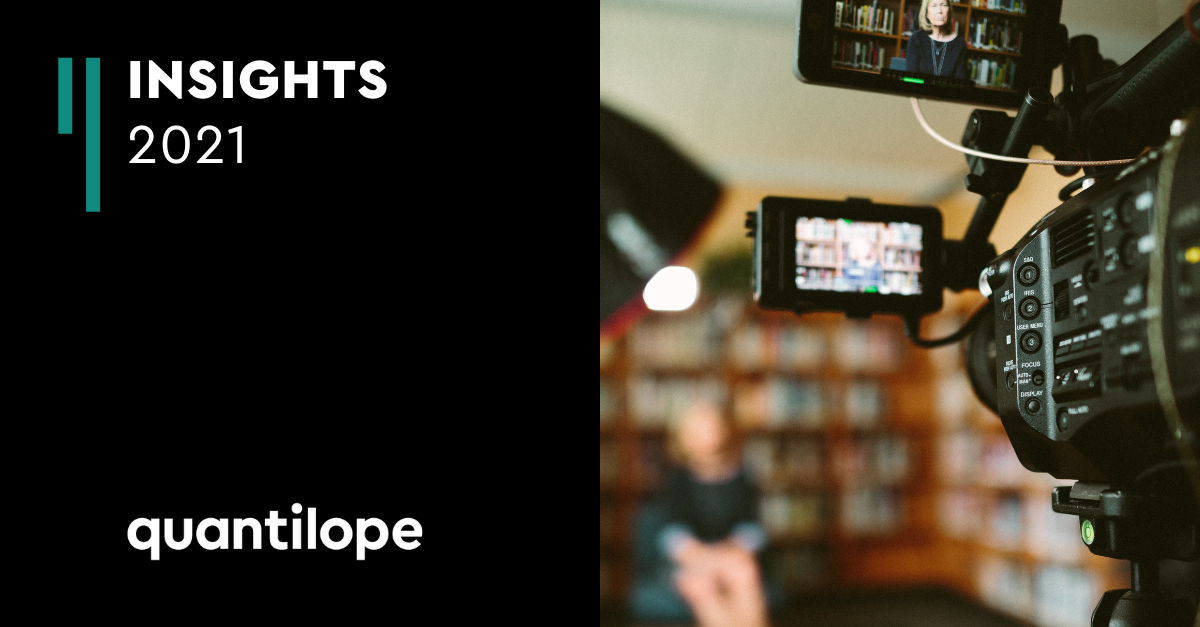Video: the future of oral history

Oral history is the practice of recording stories for posterity. It has the ability to preserve parts of history that may not otherwise be heard, which can help to keep cultures alive, offer different perspectives on historical events and give a voice to people who have valuable stories to tell.
What is oral history, and why is it valuable?
Oral history is the practice of recording stories for posterity. It has the ability to preserve parts of history that may not otherwise be heard, which can help to keep cultures alive, offer different perspectives on historical events and give a voice to people who have valuable stories to tell. Oral histories can be used for various purposes, from source material for historical and cultural research to creating multimedia presentations for storytelling in museum exhibits, talks and online resources.
For those collecting the stories, it's an opportunity to experience history through face-to-face interactions with individuals who were involved, preserving important information and delving deeper into particular areas of interest or segments of society. Perhaps unsurprisingly, many oral historians who stumble into this world become captivated by the excitement of it and end up dedicating their lives to uncovering new stories.
While documentary evidence tends to take centre stage in historical studies, oral histories give a more personal insight into periods and events that can fill in the gaps left by other resources – which often don't consider the views and experiences of 'everyday folk'. For an example of how these experiences can add value to a historical account, think about how personal stories are sometimes incorporated into documentaries. The films themselves aren't normally oral histories because they reflect the perspective of the film-maker and not those being interviewed, but hearing about the experiences of individuals adds colour to what would otherwise be a dry account based on written evidence.
What can video do for oral historians?
The most commonly-used ways to record oral history interviews are sound recordings and written transcripts. But are there limitations to these methods that can be overcome by using video? Video has the potential to add value to the collection of stories, for professional oral historians as well as individuals who simply want to collect the living history of the people who matter to them.
Depending on how the resources will be used, including a visual aspect in a historical account can add a lot. In the days when people used to tell stories as a form of entertainment, the teller and the listeners would be in the same physical space, allowing facial expressions, gestures and body language to play into the delivery alongside words and tone of voice. These non-verbal elements can communicate emotion and aid the listeners' understanding of the information being transmitted – and they also make it feel more natural.
Using video broadens the range of uses of the information being collected. Listening or reading can be enough for someone who's researching a topic, but in a multimedia presentation or museum exhibit, a video can enhance learning and make digesting the information a more enjoyable experience. Using videos also enhances the audience's ability to feel empathy for the person who's speaking, and conducting interviews in relevant or evocative locations can add to the atmosphere further.
The way we consume information online in the modern age means that video will allow stories – that would previously have remained hidden to a great extent – to be heard by a wider audience. To put this into context, consider the example of Anne Frank; we're lucky to have the opportunity to read her story and learn about history from that perspective, but imagine how much more understanding we could have gained in a digital age where hoards of people could easily record and share their experiences.
Going further – video analysis to get more out of oral history data
Video is becoming increasingly popular for oral history collection, and the benefits it brings are numerous – especially these days when decent quality footage can be captured without large rigs of professional equipment; an iPhone on a tripod is enough for the job.
An advantage that digital video can bring is the opportunity for data analysis. Video tools such as inColor can assist oral historians by automatically generating transcripts, categorising information through keyword tagging and identifying emotions through words and even facial expressions. Stories with a particular theme, feeling or message can also be easily compiled into a single video.
A number of oral historians are starting to take advantage of this technology for collecting and compiling stories, and inColor is a handy tool that allows them to do all of this and more. We'll be discussing some of these projects in the future, so keep your eyes peeled!
Get in touch with an expert
